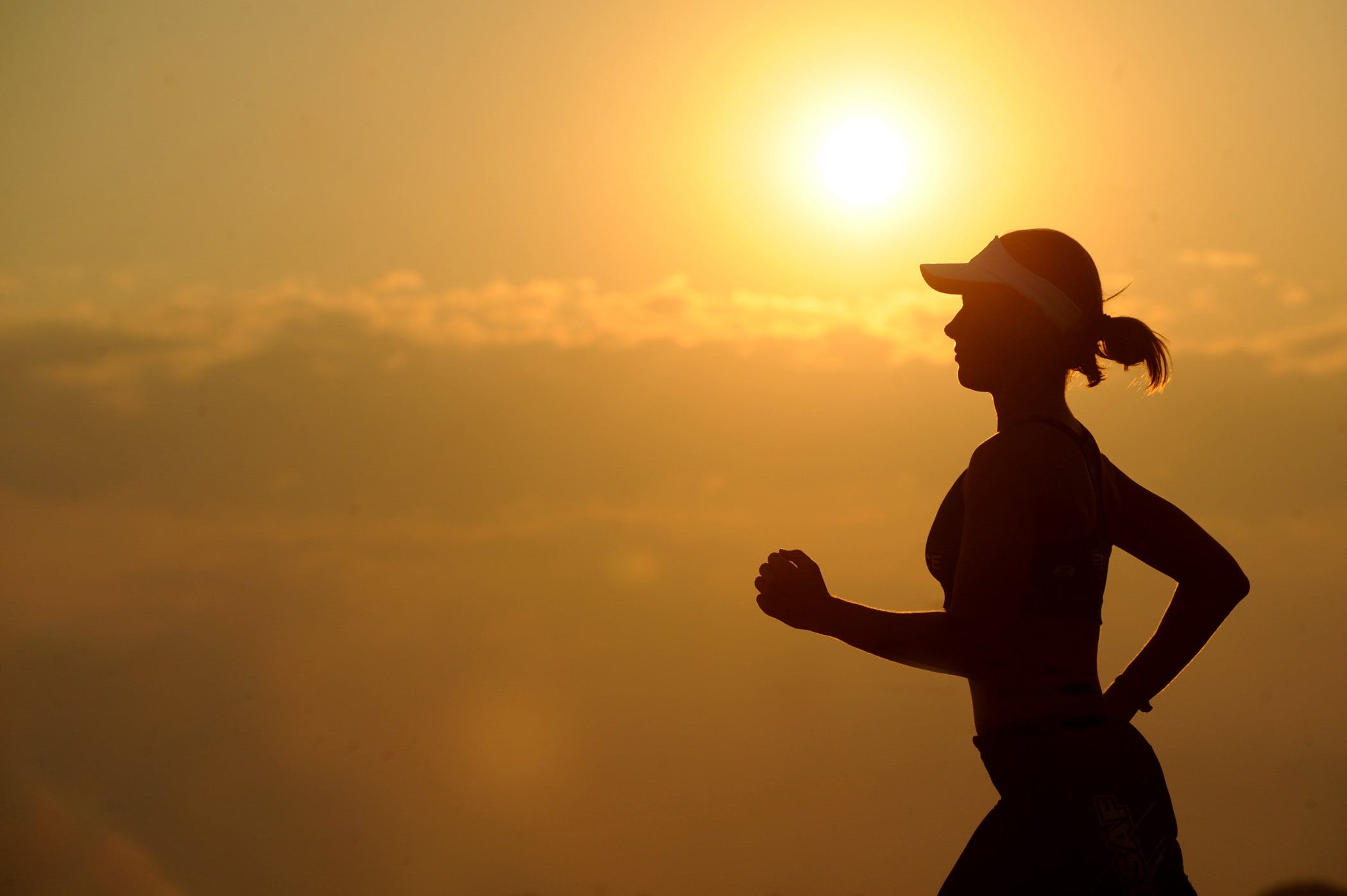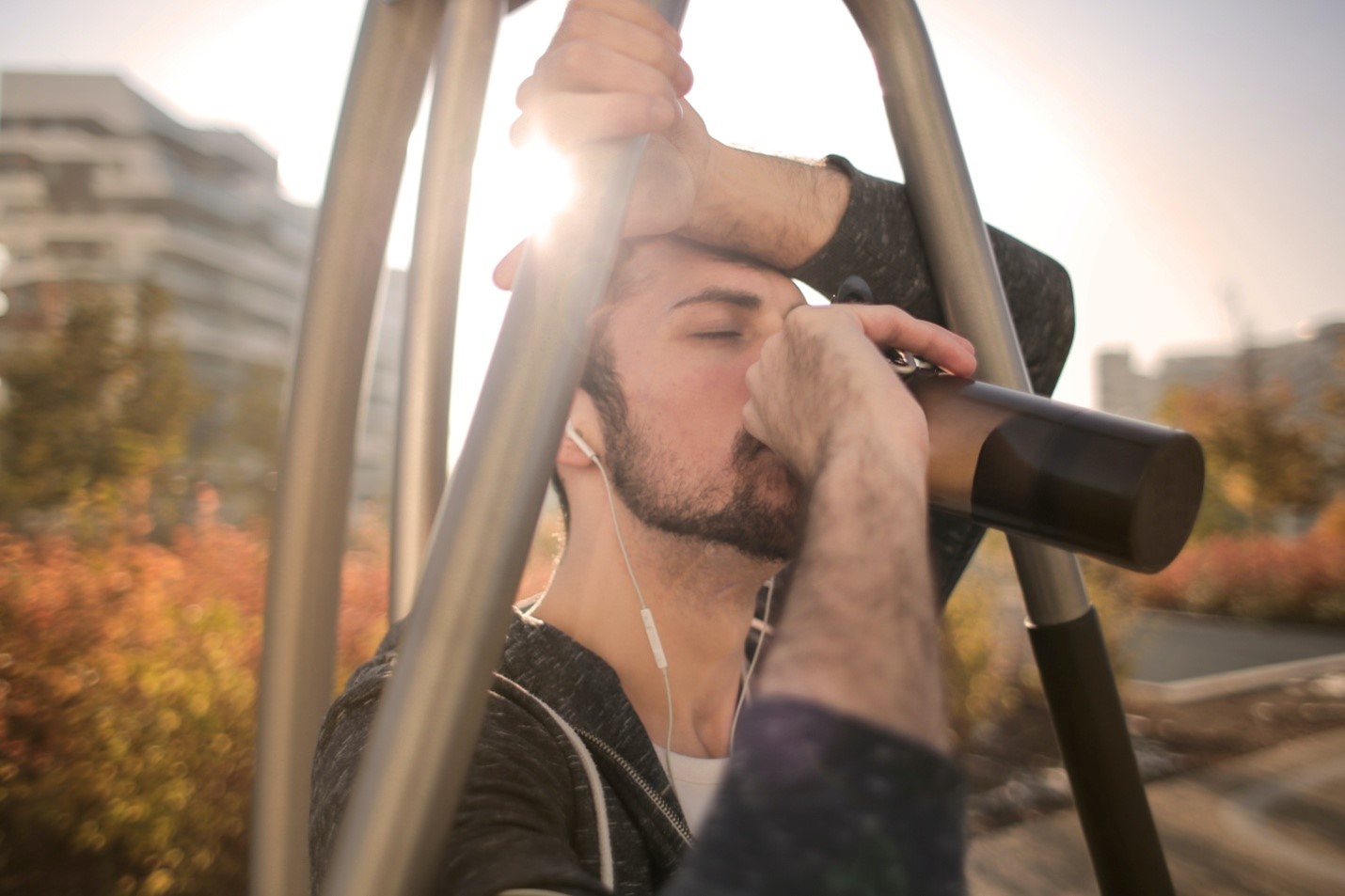Runner’s knee, also known as patellofemoral pain syndrome, is a common ailment among runners and athletes. It manifests as pain around or behind the kneecap, often exacerbated by activities like running, squatting, or climbing stairs. The condition typically arises from overuse, misalignment of the kneecap, or muscle imbalances that place excessive stress on the knee joint.
Understanding the causes and symptoms of runner’s knee is crucial for prevention and effective management. This article will guide you through the exercises you should avoid to prevent aggravating the condition. By being mindful of your workout routines, you can keep your knees healthy and pain-free.
At Run Just For Fun, we value the importance of injury prevention and maintaining a joyful running experience. Visit our website to learn more and get started today! Click here.
Understanding the Causes of Runner’s Knee

To effectively avoid exercises that exacerbate runner’s knee, it is essential to understand the underlying causes of this condition. The primary factors contributing to runner’s knee include:
- Overuse: Repetitive stress on the knee joint from activities like running, jumping, or cycling can lead to irritation of the tissues around the kneecap.
- Misalignment: Poor alignment of the kneecap, often due to biomechanics or congenital factors, can result in uneven distribution of forces across the knee joint, causing pain.
- Muscle Imbalances: Weak or tight muscles around the hip, thigh, and knee can contribute to improper tracking of the kneecap. For instance, weak quadriceps or tight hamstrings can increase the stress on the knee.
- Foot Problems: Issues such as flat feet or overpronation can alter the mechanics of the lower body, placing additional stress on the knee.
- Inadequate Footwear: Wearing shoes that lack proper support or cushioning can negatively impact knee alignment and increase the risk of developing runner’s knee.
- Sudden Increases in Activity: Rapidly upping the intensity, duration, or frequency of physical activities can overwhelm the knee joint, leading to pain and injury.
By recognizing these causes, runners can take proactive steps to modify their training routines and incorporate preventive measures, reducing the likelihood of experiencing runner’s knee.
High-Impact Exercises to Avoid
One of the most crucial steps in preventing runner’s knee is steering clear of high-impact exercises that place excessive stress on the knee joints. Such activities can aggravate the condition and impede recovery. Here are some high-impact exercises to avoid:
- Running on Hard Surfaces: Running on concrete or asphalt can significantly increase the impact forces on your knees. Opt for softer surfaces like grass, trails, or tracks to minimize stress.
- Jumping Exercises: Activities such as box jumps, jump squats, and burpees involve repeated, high-impact landings that can exacerbate knee pain. Consider low-impact alternatives like step-ups or controlled squats.
- High-Intensity Interval Training (HIIT): HIIT workouts often include exercises with explosive movements and quick direction changes, which can be tough on the knees. Substitute with low-impact cardio options like cycling or swimming.
- Downhill Running: Running downhill increases the force exerted on your knees due to gravity and the braking action required to control your speed. Try to avoid steep downhill runs or take them at a slow, controlled pace.
- Plyometric Drills: Plyometrics, which involve powerful and explosive movements, can place undue strain on the knees. Focus on strength training exercises that are easier on the joints.
Avoiding these high-impact exercises can help alleviate the strain on your knees, promoting better joint health and reducing the risk of developing or worsening runner’s knee.
Strengthening Exercises to Approach with Caution

While strengthening exercises are essential for preventing and managing runner’s knee, certain exercises require a cautious approach to avoid exacerbating knee pain. Here are some strengthening exercises to approach with caution:
- Deep Squats: Squatting too deeply can place excessive pressure on the knee joint, especially if form is compromised. Aim for a more shallow squat, keeping your knees aligned with your toes and avoiding any inward collapse.
- Leg Press: The leg press machine can be problematic if used with heavy weights or incorrect form. Ensure your knees are not locked out and avoid pressing too deeply, which can strain the knees.
- Lunges: While beneficial for lower body strength, lunges can stress the knees if performed improperly. Maintain a controlled movement, avoid overstriding, and keep your front knee directly above your ankle.
- Step-Ups: Step-ups can be taxing on the knees if done with high steps or added weights. Opt for a lower step height and perform the exercise slowly to ensure proper alignment and reduce knee strain.
- Leg Extensions: This exercise can create shear forces on the knee joint, especially when using heavy weights. If incorporating leg extensions, use lighter weights and a limited range of motion to minimize stress.
By approaching these strengthening exercises with caution, you can effectively build muscle without compromising knee health. Always focus on proper form, controlled movements, and appropriate weight selection to protect your knees.
Safe Alternatives for Knee Health

To maintain knee health while continuing to build strength and endurance, it is crucial to incorporate safe alternatives into your workout routine. Here are some effective and knee-friendly exercises:
- Partial Squats: Instead of deep squats, opt for partial squats. These target the quads and glutes without placing excessive pressure on the knee joint. Ensure that your knees stay behind your toes and align properly.
- Glute Bridges: This exercise not only strengthens the glutes but also stabilizes the hips and reduces strain on the knees. Lie on your back with your feet flat on the ground and lift your hips towards the ceiling, squeezing your glutes at the top.
- Clamshells: Clamshells are excellent for strengthening the hip abductors and stabilizing the pelvis, which in turn supports knee health. Lie on your side with your knees bent and lift the top knee while keeping your feet together.
- Stationary Cycling: Cycling is a low-impact cardiovascular exercise that strengthens the leg muscles without stressing the knees. Adjust the bike seat to a height that allows for a slight bend in the knee at the bottom of the pedal stroke.
- Swimming: Swimming provides a full-body workout with minimal impact on the joints. The buoyancy of the water supports your body weight, reducing the stress on your knees while allowing you to build strength and endurance.
- Resistance Band Exercises: Using resistance bands can be a safer alternative to weights. Exercises such as lateral band walks and seated leg presses help strengthen the muscles around the knee while minimizing strain.
Integrating these safe alternatives into your routine can help you stay active and strong without compromising your knee health. Always listen to your body and prioritize exercises that support your overall well-being.
Tips for Preventing Runner’s Knee

Preventing Runner’s Knee requires a combination of proper training techniques, mindful exercise choices, and overall body care. Here are some essential tips to help you keep your knees healthy and pain-free:
- Gradual Progression: Avoid sudden increases in mileage or intensity. Gradually build your running distance and pace to allow your body time to adapt and strengthen.
- Proper Footwear: Invest in high-quality running shoes that provide adequate support and cushioning. Shoes that are worn out or not suited to your foot type can contribute to knee pain.
- Strength Training: Incorporate exercises that strengthen the muscles around your knees, including the quadriceps, hamstrings, and hips. A strong musculature supports and stabilizes the knee joint.
- Flexibility and Stretching: Regular stretching of the muscles around the knee, particularly the quadriceps, hamstrings, and calves, can improve flexibility and reduce tension on the knee joint.
- Proper Running Form: Focus on maintaining good running mechanics. Keep your strides short and land with your feet directly beneath you to reduce impact on the knees.
- Rest and Recovery: Allow ample time for rest and recovery between runs. Overtraining can lead to muscle fatigue and increase the risk of injury.
- Listen to Your Body: Pay attention to any signs of discomfort or pain. Early intervention can prevent minor issues from becoming major problems.
By following these tips, you can significantly reduce your risk of developing Runner’s Knee and enjoy a more sustainable and enjoyable running experience.
Visit our website to learn more and get started today! Click here.


